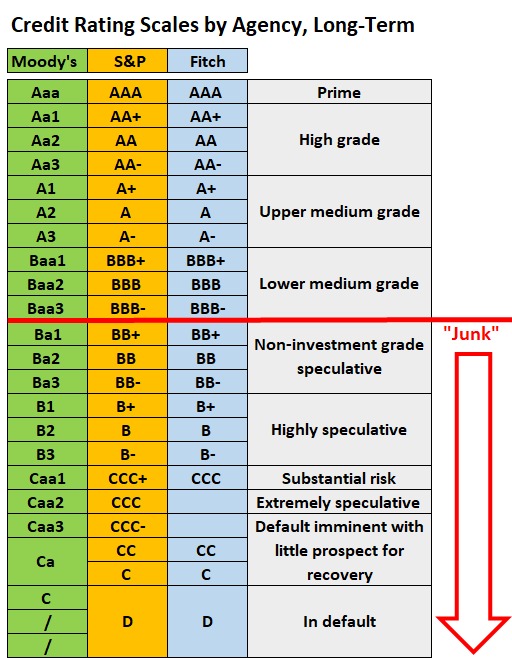Hybrid funds invest in asset classes like stocks, bonds, gold, or real estate. They focus on three main ideas: asset allocation (distributing money across assets), correlation (how assets move together), and diversification (using different assets to reduce risk). This helps reduce overall risk and improve returns.
| Type of Hybrid Fund | % of Equity & Equity-Related Instruments | % of Debt & Debt-Related Instruments | Key Points | Taxation |
| Arbitrage Fund | Minimum 65% (Arbitrage Investments) | 0% – 35% | Uses price differences in markets to generate returns. |
Taxed as Equity Funds |
| Equity Savings Fund | Minimum 65% (Mostly equity, including arbitrage) |
Minimum 10% | Balances risk by using equity and arbitrage strategies. | Taxed as Equity Funds |
| Dynamic Asset Allocation Fund | Varies (0% – 100%) |
Varies (0% – 100%) |
Mix changes based on market conditions, flexible strategy. | Taxed based on allocation |
| Multi-Asset Allocation Fund | Minimum 10% | Minimum 10% | Invests in at least 3 asset classes (stocks, bonds, gold). | Taxed as Equity Funds |
| Aggressive Hybrid Fund | 65% – 80% | 20% – 35% | Aims for higher returns with a larger focus on stocks. | Taxed as Equity Funds |
| Conservative Hybrid Fund | 10% – 25% | 75% – 90% | Focuses on bonds, safer option, previously known as MIP. |
Taxed as Debt Funds |
| Balanced Hybrid Fund | 40% to 60% No Arbitrage Allowed |
40%-60% | Currently unpopular, but with tax changes and hybrid taxation, it may gain prominence in the future. |
Taxed based on allocation |
Hybrid funds offer a balanced approach for investing by combining equity and debt to suit varied financial goals. Whether you’re planning for retirement or seeking wealth creation, a mutual fund distributor or advisor can help you align hybrid mutual funds with your goal-based investing journey.
For more details, please refer to the AMFI website below:
https://www.amfiindia.com/investor-corner/knowledge-center/SEBI-categorization-of-mutual-fund-schemes.html
![]()

